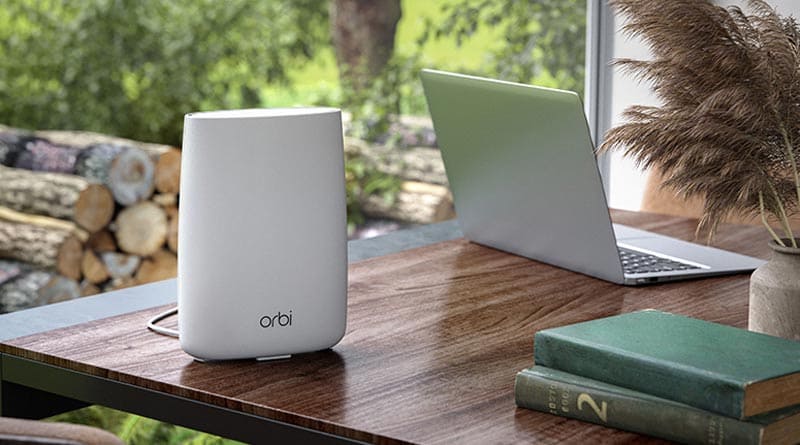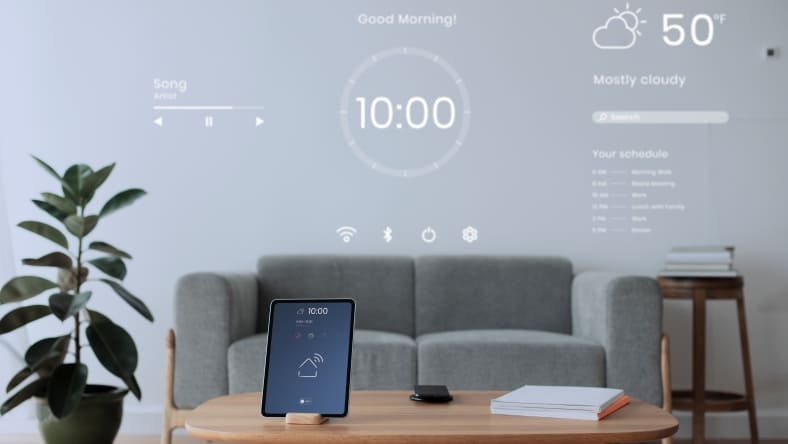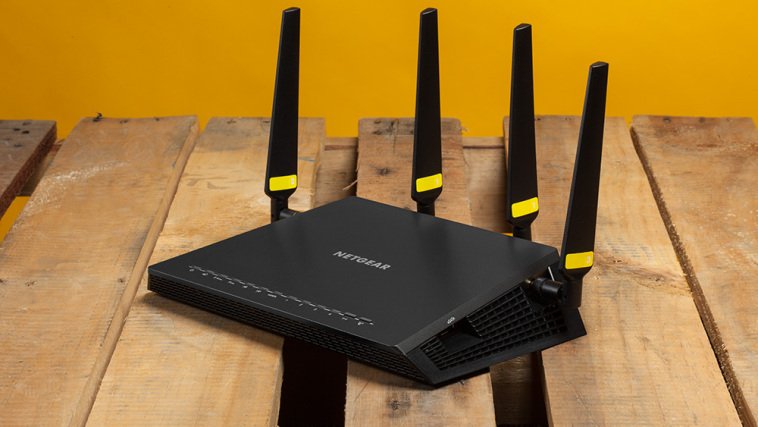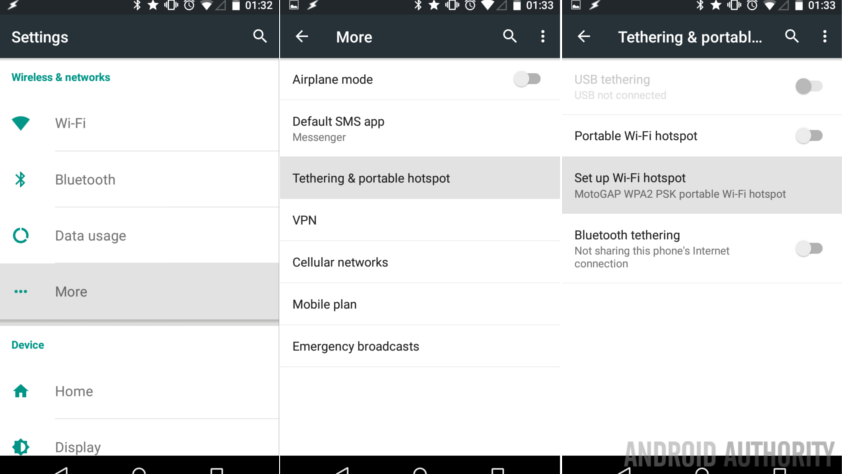Netgear 4G LTE Advanced WiFi Router LBR20 Review
The Netgear 4G LTE Advanced WiFi Router (LBR20) from Netgear gives you the flexibility to connect to the internet in any way you choose, whether via a wired broadband modem or by tapping into an LTE mobile data network. Although the LBR20 combination router isn’t compatible with all LTE networks and uses the more antiquated Wi-Fi 5 mesh technology, it’s still a good option if you’re close to a cell tower and don’t have to rely on wired internet.
Netgear 4G LTE Advanced WiFi Router LBR20: Price
The LBR20 costs $400 on its own as a host mesh router, but it isn’t included in any kits that include additional Orbi devices designed for bigger houses. It is based on the RBR20 model, and it makes use of the company’s triband Wi-Fi 5 mesh networking technology, which uses networks operating at 2.4 GHz and 5 GHz to move data to client devices, and another 5GHz network specifically as a backchannel link from a satellite to the host, to lessen data congestion and streamline flow. Also, the Netgear 4G LTE is compatible with all other Netgear Wi-Fi 5 mesh satellites.
Netgear 4G LTE Advanced WiFi Router LBR20: Design
In appearance, the Netgear 4G LTE Advanced Router is identical to the company’s other Orbi devices, which are also oval. The LBR20 incorporates an LTE receiver, antenna, and modem that can relay data from your cable modem. In this way, it may function as either the main router that snags information out of thin air or as a secondary router in case your primary connection goes down.
While the LBR20 is huge for a mesh router, it is smaller than Netgear’s RBK800 series of Wi-Fi 6 mesh routers. It measures 9.0 by 6.0 by 2.3 inches. Although the LBR20 may be discreetly placed on a tabletop, windowsill, or beneath desk, a direct wall installation is not possible without purchasing Netgear’s $20 mounting bracket (opens in new tab).
It serves as a huge patch LTE antenna for the LBR20’s Category 18 data receiver and as one of four Wi-Fi antennae. The maximum speed is 1.2Gbps, but only if you’re close to a cell tower. The router is already registered on T-Mobile and AT&T’s networks, and registration with Verizon is in progress. Sprint’s share of T-network Mobile is incompatible at this time, but that will change once the upgrade is complete.
There is just one band of LEDs on top of the LBR20, so it won’t be bothering you with constant flashing. The gadget is offline and needs maintenance when it lights up magenta. Instead of a grille, the top and top ports on Netgear devices include ventilation apertures. During testing, the temperature never rose over 87 degrees Fahrenheit.
Netgear 4G LTE Advanced WiFi Router LBR20: Performance
The Netgear 4G LTE is an effective Wi-Fi 5 router that can get information from either a wired or a mobile LTE connection. If you have a phone, you can obtain internet access wherever you can use it. It’s not as fast as Wi-Fi 6 or 5G mobile phone goods, however.
Using the LBR20 and the Ixia IxChariot networking benchmark software, I set up a busy Wi-Fi network across my 3,500-square-foot, 100-year-old Victorian. A system just 15 feet away received a paltry 408.2 Mbps from the LBR20. As a comparison, the Wi-Fi 5-based Linksys Velop mesh router has a throughput of 527.1 Mbps, thus that’s a decrease of over 30%. It was inferior than more up-to-date Wi-Fi 6 routers, such as the Orbi RBK852 and the TP-Link Deco X20 (622.1 Mbps).
Throughput plummeted to 86.0 Mbps, or by a factor of 5 when I relocated the test system 50 feet away from the LBR20 (459.4 Mbps). Comparatively, the Deco X20’s 255.4 Mbps and the Orbi RBK852’s 124.4 Mbps were far faster than their own.
Netgear 4G LTE throughput dropped to 18.8 Mbps at 75 feet, adequate for one 4K video stream. The Deco X20’s 112.7 85.9 Mbps was much faster. Distances of up to 90 feet between the system and the router resulted in a paltry 6.8 Mbps of throughput for the LBR20, hardly adequate for an HD stream and some spotty email. The range of the Orbi RBK852 and Deco X20 was just 90 feet.




